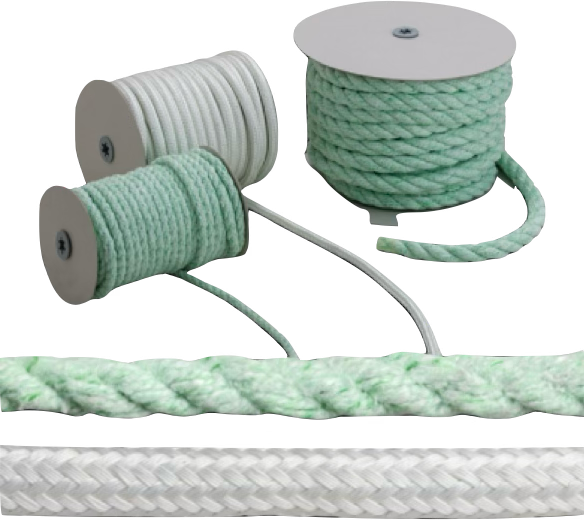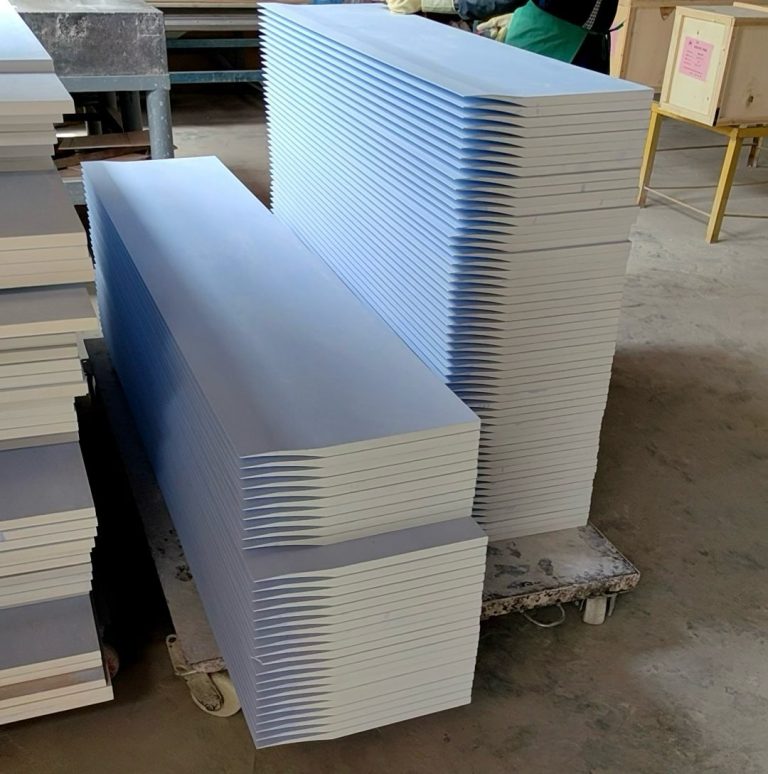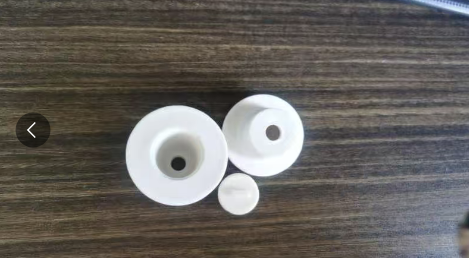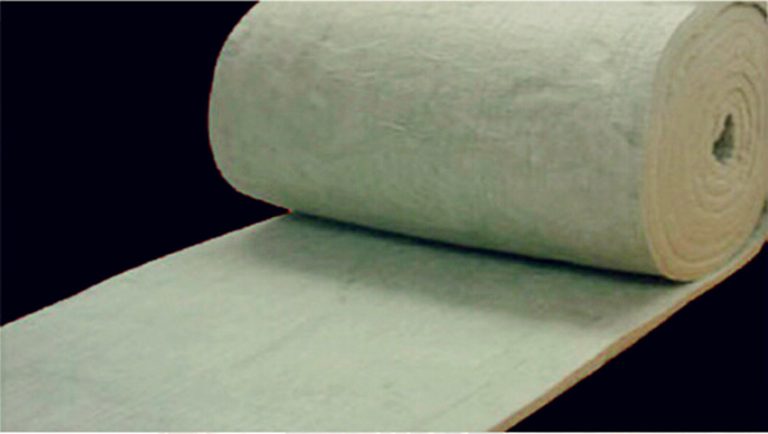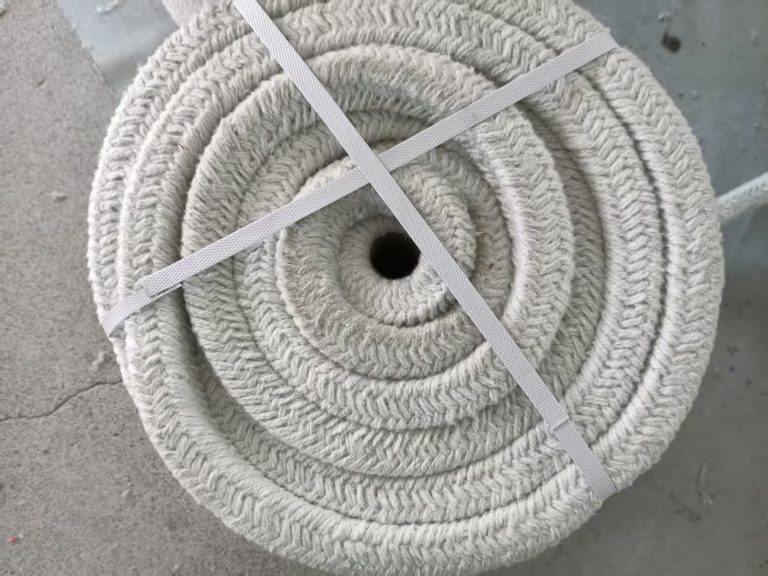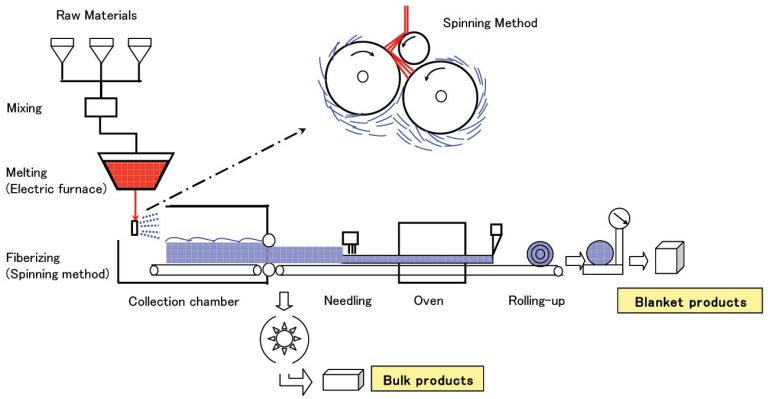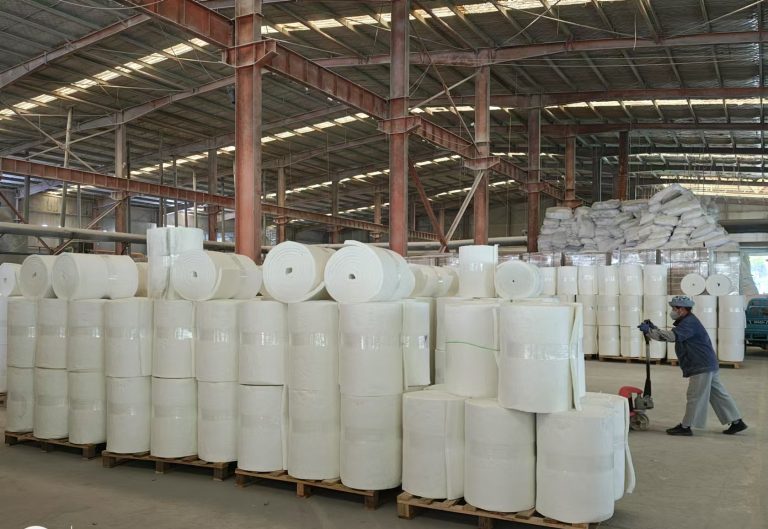
In the petrochemical industry, ethylene cracker furnaces operate under extreme temperatures and thermal cycling conditions, demanding robust and reliable insulation solutions. Ceramic fiber modules have emerged as a superior lining material for these furnaces, offering unparalleled thermal efficiency, durability, and ease of installation. This article explores the critical role of ceramic fiber modules in ethylene cracker furnaces, focusing on their unique advantages that align with modern industrial requirements.
Why Ceramic Fiber Modules Are Ideal for Ethylene Cracker Furnaces
1. Flexible Installation Options: Parallel and Parquet Types
Ceramic fiber modules provide versatile installation configurations, including parallel type and parquet type layouts. The parallel design arranges modules in straight rows, ideal for uniform heat distribution in large furnace sections. In contrast, the parquet type uses an interlocking pattern to enhance structural integrity in complex geometries. Both methods ensure seamless coverage, minimizing heat loss and maximizing energy efficiency.
2. Superior Elasticity for Gap-Free Performance
The excellent elasticity of ceramic fiber modules allows them to compensate for furnace shell deformation caused by thermal expansion. Unlike rigid refractory materials, these modules expand and contract dynamically, maintaining tight contact with the furnace structure. This eliminates gaps between modules, preventing hot gas leakage and ensuring consistent insulation performance over time.
3. Low Thermal Conductivity for Energy Savings
With ultra-low thermal conductivity (0.12–0.25 W/m·K at 1,000°C), ceramic fiber modules drastically reduce heat transfer to the furnace shell. This property minimizes energy consumption, lowers operational costs, and protects external equipment from overheating. Their lightweight nature further reduces the structural load on the furnace compared to traditional brick linings.
4. Exceptional Resistance to Thermal Shock
Ethylene cracker furnaces undergo rapid temperature fluctuations during startup, shutdown, and process changes. Ceramic fiber modules excel in resisting thermal shock due to their amorphous structure and high porosity. They withstand sudden temperature swings up to 1,400°C without cracking, spalling, or degradation, ensuring long-term reliability.
5. Immediate Use Post-Installation (No Drying or Curing)
A standout advantage of ceramic fiber modules is that the lining requires no drying or curing after installation. Traditional refractory materials often need days of controlled heating to remove moisture, delaying operations. Ceramic fiber modules are ready for immediate use, significantly reducing downtime and accelerating project timelines.
6. Safe Anchor System: Anchors Stay Cool and Durable
The anchor system for ceramic fiber modules is strategically positioned far from the hot face, keeping anchors within a low-temperature zone. This design prevents anchor oxidation and thermal stress, extending the service life of both the modules and the anchoring components. The corrosion-resistant alloy anchors further enhance system longevity in harsh environments.
Case Study: Enhancing Furnace Efficiency in Ethylene Production
A leading petrochemical plant replaced traditional castable refractory with ceramic fiber modules in its ethylene cracker furnace. Results included:
- 25% reduction in furnace shell temperature.
- 40% faster installation compared to brick linings.
- Zero unplanned downtime due to insulation failure over 3 years.
Conclusion
revolutionize insulation in ethylene cracker furnaces by combining rapid deployment, thermal resilience, and long-term cost savings. Their unique features—parallel/parquet installation flexibility, gap-free elasticity, low thermal conductivity, and an anchor system designed for longevity—make them the optimal choice for petrochemical operators aiming to boost efficiency and reduce operational risks.
Target Keywords: for ethylene furnaces, Petrochemical furnace insulation, Thermal shock-resistant lining, Low thermal conductivity insulation, installation types.
By integrating , industries can achieve safer, more sustainable, and economically viable furnace operations in the demanding petrochemical sector.

